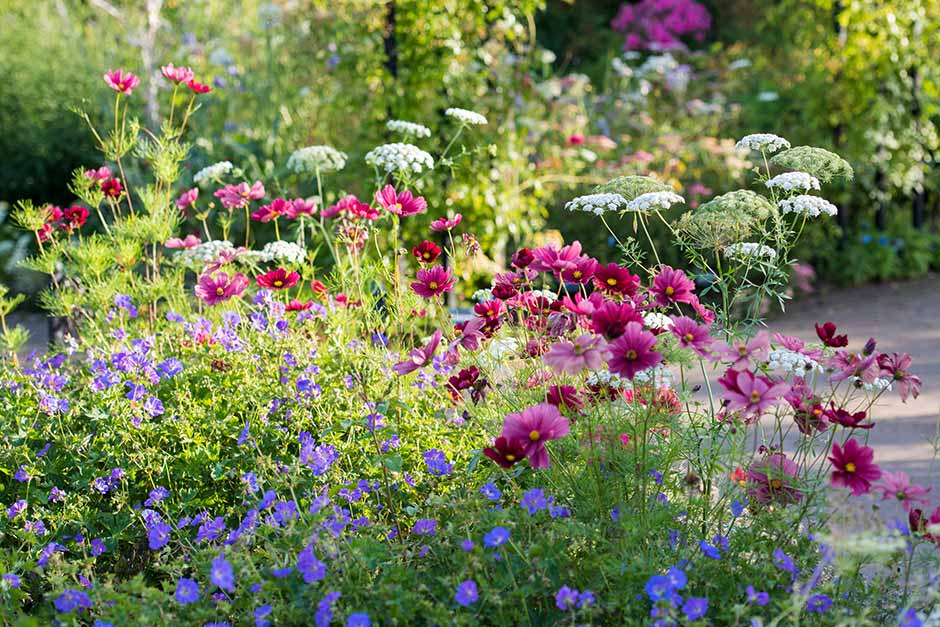Garden trends for 2021: clever ways to fit trees and shrubs into small gardens
Show gardens at RHS Hampton Court Palace Garden Festival are living proof that there are many ways to fit beautiful trees and shrubs into even the tiniest plot
RHS Flower Shows are always packed with brilliant ideas for gardening in small spaces. By their very nature, they force the best designers to come up with ways of adding height and structure into spaces that are often just a few metres wide.
Amelanchiers (Amelanchier alnifolia, A. lamarckii and others) are superb small garden trees, with white spring blossom and vibrant autumn colour. Here they provide useful height without overshadowing the planting below.
Trees: reducing their size safely
Coppicing

Pollarding


